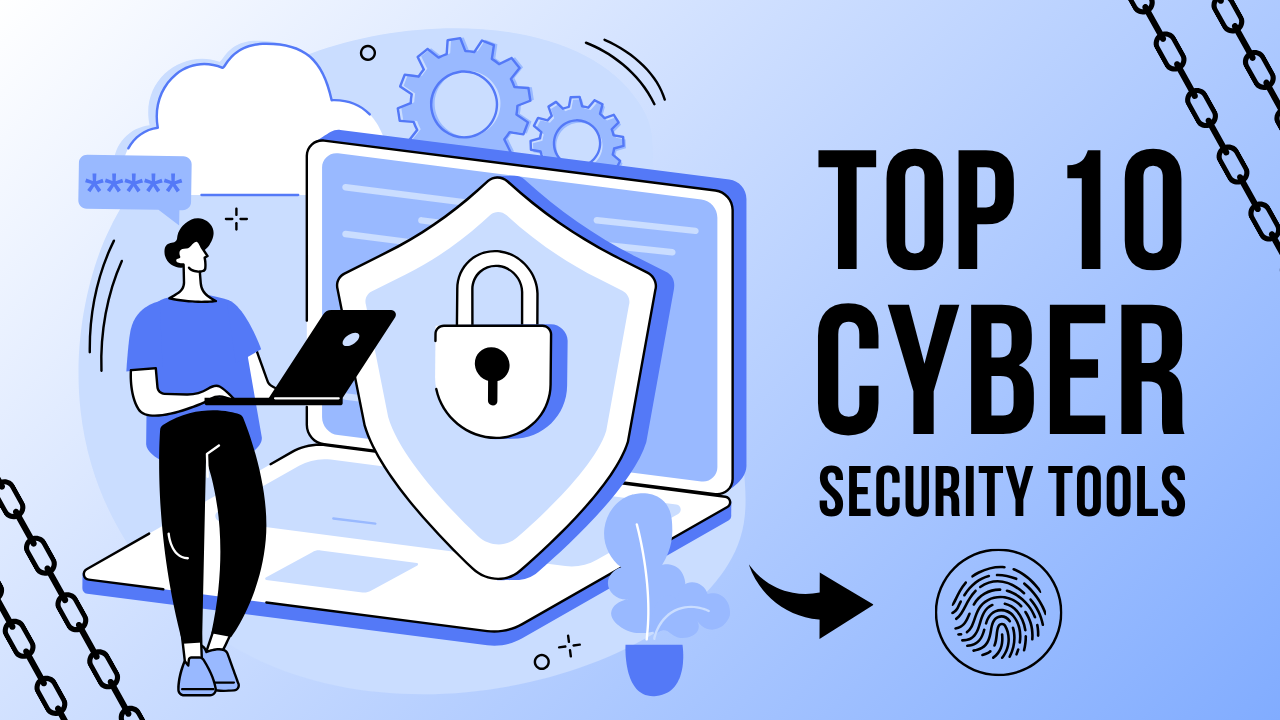In today’s fast-paced digital economy, the success of any organization depends not only on advanced technology but also on how effectively people work together. Within IT teams, collaboration across departments has become a cornerstone of innovation, efficiency, and resilience. The days when IT operated as an isolated “support desk” are long gone—today, IT is a business enabler that must collaborate with marketing, sales, finance, operations, and HR to deliver integrated solutions that drive growth.
This article explores the importance of cross-departmental teamwork in IT, the challenges organizations face, and proven strategies for fostering effective collaboration.
Why Cross-Departmental Collaboration in IT Matters
1. IT as a Business Partner
Traditionally, IT departments were viewed as cost centers—responsible for maintaining networks, fixing hardware, and managing software licenses. But modern businesses demand much more. Digital transformation has elevated IT to a strategic partner that enables new revenue streams, improves customer experience, and ensures data-driven decision-making.
Collaboration between IT and other departments ensures that technology solutions align with organizational goals, not just technical requirements.
2. Faster Problem-Solving and Innovation
When IT collaborates with business units, problem-solving becomes quicker and more innovative. For example, marketing teams can provide insights into customer behavior, while IT can translate those insights into data-driven campaigns or customer relationship management (CRM) tools. Together, they create solutions that would not be possible in silos.
3. Enhanced Security and Compliance
Cybersecurity is no longer solely an IT issue; it is a company-wide responsibility. Departments that handle sensitive data, such as finance or HR, must work closely with IT to ensure compliance with privacy laws, implement secure processes, and respond effectively to threats.
4. Employee Productivity and Engagement
Cross-departmental teamwork ensures employees have the right tools and systems to perform their jobs efficiently. For example, when IT collaborates with HR, they can deploy seamless employee onboarding platforms that reduce administrative work and boost engagement.
Common Barriers to IT Collaboration
Despite its benefits, cross-departmental collaboration in IT faces several challenges:
- Communication Gaps – Technical jargon from IT can confuse non-technical teams, while business departments may lack the language to express their needs in technical terms.
- Silo Mentality – Departments often prioritize their own goals, leading to resistance when asked to collaborate.
- Conflicting Priorities – While IT may focus on system stability and long-term scalability, business teams often want rapid implementation and quick wins.
- Resource Constraints – Limited budgets, staffing issues, or overlapping projects can make collaboration difficult.
- Cultural Misalignment – A company culture that does not promote collaboration will naturally hinder teamwork, regardless of processes or tools.
Strategies for Successful Collaboration
1. Align IT Goals with Business Objectives
Collaboration begins with alignment. IT leaders must understand organizational goals and demonstrate how technology contributes to achieving them. This alignment requires regular dialogue between IT and leadership, as well as transparent roadmaps that connect IT projects to business outcomes.
2. Foster a Shared Language
Effective collaboration depends on clear communication. IT professionals should avoid unnecessary jargon and focus on explaining technical concepts in simple, business-friendly terms. Conversely, business leaders should learn the basics of digital tools, cybersecurity, and data governance to better engage with IT teams.
Workshops, cross-training sessions, and documentation written in plain language can bridge this gap.
3. Build Cross-Functional Teams
Instead of working in silos, organizations should form cross-functional project teams that include IT and representatives from other departments. For example, a project to implement a new customer portal should involve IT (for infrastructure and development), marketing (for customer engagement), sales (for lead generation), and finance (for payment integration).
4. Leverage Collaboration Tools
The right tools can make or break collaboration. Platforms like Slack, Microsoft Teams, Jira, Trello, and Confluence allow seamless communication, project management, and documentation across departments. Cloud-based solutions also enable real-time updates, file sharing, and task tracking.
5. Promote a Culture of Collaboration
Leadership must model collaborative behavior by encouraging transparency, recognizing teamwork, and breaking down silos. Regular cross-departmental meetings, open-door policies, and rewards for collaborative projects reinforce this culture.
6. Adopt Agile Practices
Agile methodologies, originally developed for software development, can enhance collaboration across departments. By working in sprints, holding daily stand-ups, and prioritizing flexibility, teams can adapt quickly to changing requirements. Agile practices encourage continuous feedback, ensuring that IT delivers value in alignment with business needs.
7. Provide Cross-Training and Knowledge Sharing
Employees from different departments should be encouraged to learn about each other’s roles. For instance, IT professionals can attend customer service sessions to understand client pain points, while marketing staff can learn about cybersecurity basics. Knowledge-sharing sessions reduce misunderstandings and build empathy across teams.
8. Ensure Strong Leadership and Governance
Collaboration requires accountability. Clear governance structures, project owners, and decision-making frameworks prevent confusion. Leaders must ensure that every department understands its role, responsibilities, and timelines within collaborative projects.
Real-World Examples of IT Collaboration
Case 1: IT and Marketing – Data-Driven Campaigns
A retail company integrated its IT and marketing departments to launch targeted campaigns. IT set up analytics dashboards that tracked customer interactions across multiple channels, while marketing used these insights to personalize offers. The collaboration resulted in a 25% increase in customer engagement.
Case 2: IT and HR – Seamless Onboarding
An organization facing high employee turnover revamped its onboarding process by bringing IT and HR together. IT implemented an automated digital onboarding platform, while HR tailored the process with personalized employee experiences. The result was improved retention and faster integration of new hires.
Case 3: IT and Finance – Secure Digital Payments
A financial institution worked closely with IT to roll out secure digital payment solutions. IT ensured compliance with data security regulations, while finance teams designed user-friendly payment options. Collaboration not only improved customer satisfaction but also reduced fraud incidents.
The Role of Cybersecurity in Cross-Departmental Collaboration
Cybersecurity deserves special attention in IT teamwork. Every department handles sensitive data, making it essential that IT collaborates closely to mitigate risks.
- HR must safeguard employee records.
- Finance must protect transaction data.
- Sales & Marketing must secure customer data from breaches.
- Operations must ensure supply chain systems are not compromised.
By training employees, enforcing policies, and creating joint response strategies, IT can transform cybersecurity from a department-specific issue into a shared organizational responsibility.
Measuring the Success of IT Collaboration
To ensure collaboration is effective, organizations should track measurable outcomes:
- Project Delivery Time – Are cross-departmental projects completed faster?
- Cost Efficiency – Has collaboration reduced duplication of work or unnecessary expenses?
- Employee Satisfaction – Do employees feel supported by IT tools and systems?
- Customer Outcomes – Have cross-departmental solutions improved customer satisfaction and loyalty?
- Security and Compliance Metrics – Has collaboration reduced data breaches or compliance issues?
Regular reviews and feedback sessions help refine collaboration processes.
Future of IT Collaboration
As organizations embrace remote work, cloud computing, and artificial intelligence, cross-departmental collaboration in IT will only grow in importance. Tools like AI-driven analytics and automation will further bridge communication gaps, while decentralized workforces will require IT to provide secure, scalable platforms that serve every department equally.
The future workplace is interconnected, and the success of IT lies in how well it can collaborate with business units to create integrated, customer-focused solutions.
Conclusion
Effective teamwork in IT is no longer optional—it is essential for business survival and growth. By breaking down silos, aligning IT with business goals, adopting collaborative tools, and fostering a culture of teamwork, organizations can achieve faster innovation, stronger security, and better customer outcomes.
Cross-departmental collaboration transforms IT from a back-end support function into a strategic partner driving the entire business forward. In a world where technology underpins every business process, teamwork across departments is the ultimate competitive advantage.









